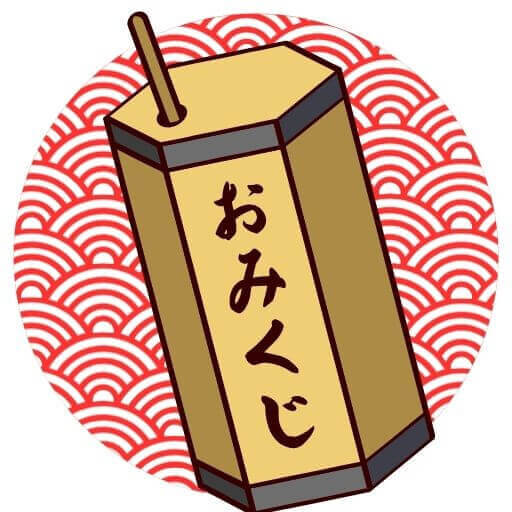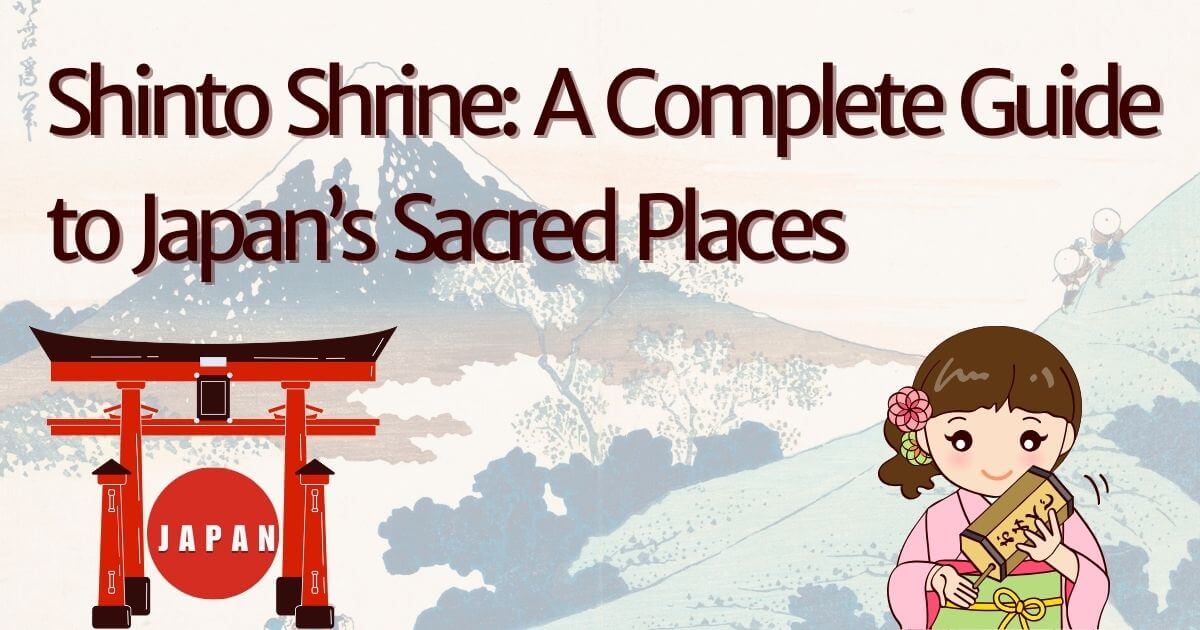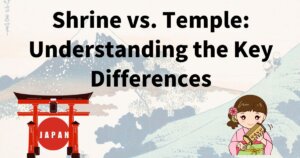📍 What is a Shinto shrine, and how is it different from a temple?
Learn the meaning of Torii gates, shrine customs, and prayer etiquette.
Discover the spiritual role of shrines in Japanese culture and traditions.
Find out how to properly visit a Shinto shrine and avoid common mistakes.
What is a Shinto Shrine? Understanding Its Meaning and Purpose
(神社とは何か?その意味と目的を理解する)
Definition of a Shinto Shrine
Shinto shrines, known as “Jinja” (神社) in Japanese, are sacred places where Shinto deities (Kami, 神) are enshrined. These shrines serve as sites for worship, purification, and various ceremonies to honor the spirits of nature, ancestors, and legendary figures.
The Role of Shinto Shrines in Japanese Culture
Shinto shrines are deeply rooted in Japanese culture and history. They serve as spiritual centers for local communities, providing a place for people to pray for good fortune, protection, and prosperity.
Difference Between a Shinto Shrine and a Buddhist Temple
Many visitors often confuse Shinto shrines with Buddhist temples. The main differences are:
- Shinto shrines are characterized by Torii gates (鳥居), while Buddhist temples have large temple halls (本堂).
- Shinto focuses on nature spirits (Kami), while Buddhism emphasizes enlightenment and reincarnation.
Why Do Shinto Shrines Have Torii Gates?
Torii gates symbolize the transition from the ordinary world to the sacred space of the shrine. They mark the entrance to the divine realm and act as a boundary between humans and deities.
How to Visit a Shinto Shrine: Customs and Etiquette
Step-by-Step Guide to Praying at a Shrine
- Bow once before entering the Torii gate.
- Wash hands and mouth at the purification fountain.
- Throw a coin into the offering box.
- Bow twice, clap twice, and bow once more.
Common Mistakes Visitors Make at Shrines
- Walking in the center of the Torii gate
- Taking pictures in restricted areas
- Speaking loudly near the shrine
【Conclusion】Key Takeaways
- Shinto shrines are sacred places dedicated to Kami.
- They are different from Buddhist temples.
- Torii gates mark the entrance to the spiritual world.
- Visitors should follow proper etiquette when visiting shrines.
- Always purify yourself before praying.
- Offering money and clapping are part of the prayer ritual.
- Each shrine is dedicated to a specific deity.
- Many shrines hold seasonal festivals (Matsuri).
- Some shrines have sacred animals like foxes or deer.
- Ema (wooden plaques) are used to write wishes.
- Some shrines require a special ritual for good fortune.
- Shrines are open to people of all beliefs and backgrounds.








